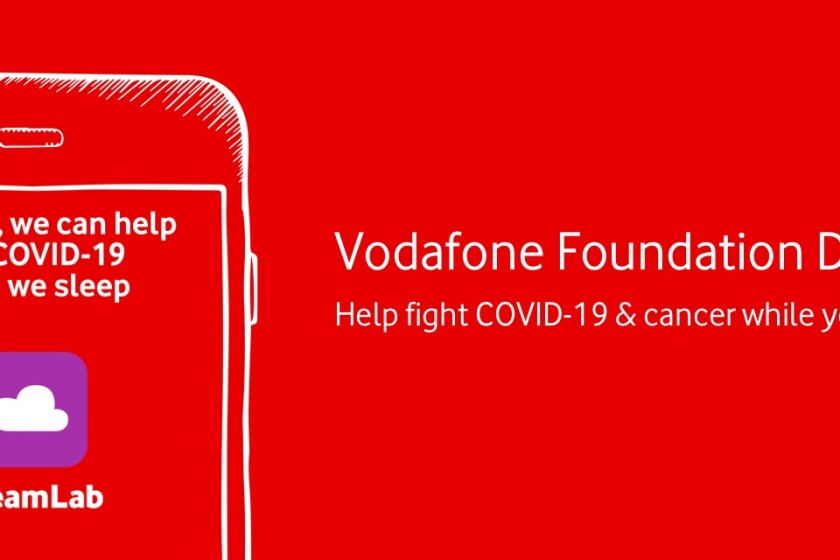Health experts around the world continuously worry about the next disease outbreak and where it’s going to start.
Over the last few years, global experts have watched as these worries became reality as large outbreaks of various illnesses, such as cholera, have spread in different parts of the world. Cholera is a preventable and easily treatable disease, and yet it presents a huge threat in developing countries – every year, according to the World Health Organisation, there are between 1.3 and 4 million cases worldwide, resulting in up to 143,000 deaths.
Nearly 1.8 billion people around the world are at risk of drinking water that contains the cholera bacterium. It’s an issue that can be stopped right at the source with the proper information. That’s why Jacqueline Linnes and Tamara Kinzer-Ursem, created PathVis.
PathVis can help prevent the spread of infectious disease by identifying pathogens at their source. It is a point-of-need technology that works with three things most smartphones have – a camera, an app, and GPS location.
Earlier this year, Jacqueline and Tamara, co-founders of PathVis, were awarded first place in Vodafone Americas Foundation’s Wireless Innovation Project (WIP), an annual competition to identify and fund the best innovations using wireless-related technology to address critical social issues. With the prize money from WIP, the PathVis team is currently working with the Emerging Pathogens Institute to test water and identify cholera pathogens in Haiti.
PathVis puts the power of lab testing directly into the hands of aid workers and researchers in developing countries.
It can measure the level of a disease pathogen in environmental and patient samples and provides health organisations with real-time and locational data so they can efficiently target resources to areas in need. The low-cost, breakthrough method uses a smartphone camera to help detect pathogens, and it can deliver highly accurate results in less than 30 minutes.
An aid worker or technician simply puts a sample, such as a drop of contaminated water, into the PathVis device that is attached to a smartphone camera. PathVis then uses selective chemical reactions and proprietary imaging algorithms to identify whether any harmful pathogens are present. The sample location and result are then logged in the phone.
Aid workers can send the results to health officials via a mobile network in real-time so they can take near-immediate action to track and prevent an outbreak. Traditionally, this type of testing could take weeks due to the time needed to send samples back and forth from the lab and the sample site, but with PathVis that time is reduced to around 30 minutes since it can share results almost instantly via the phone’s network and the PathVis tool.
With the power of PathVis being put into practice, Jacqueline Linnes and Tamara Kinzer-Ursem hope that their technology can positively impact the fight against cholera and other infectious diseases in the near future.




